Field work 2023
For the 2nd year running, the T-MARS field team visited Axel Heiberg Island (Nunavut). The goal of the July 2023 expedition was to collect new geological samples and remote sensing data to pursue the scientific objectives initiated during the 2022 campaign.
The 2023 field team is composed of :
- Myriam Lemelin, UdeS, Professor and holder of the Canada Research Chair in Remote Sensing of Northern and Spatial Geology
- Richard Léveillé, McGill University, professor and specialist in geochemistry and astrobiology
- Éloïse Brassard, UdeS, Master's student and spectral signature specialist
- Gaëlle Belleau-Magnat, UdeS, Master's student and specialist in remote sensing of biosignatures
- Cassandra Marion, Canada Aviation and Space Museum, field team leader and research outreach manager
- Levin Castillo-Guimond, Centre de géomatique du Québec, specialist in hyperspectral techniques
The field campaign was made possible by the support of the Polar Continental Shelf Program (PCSP), which provides logistical support to scientists to facilitate fieldwork in the Canadian Arctic.
Visit our interactive map to locate places of interest for the 2022 and 2023 field campaigns (in bold in the text here)!
The second T-MARS expedition to Axel Heiberg Island in Nunavut began in Ottawa on July 8, 2023. The team flew to Resolute Bay, passing through Iqaluit and Arctic Bay. Once we arrived at PCSP's Logistics Hub, we had two days to retrieve, reorganize and weigh the field equipment and food that had arrived at the Hub a few weeks before us. We made sure that all the necessary equipment was well organized and that the total weight of our gear was within the limits of the next plane we were to take, a Twin Otter operated by Kenn Borek Air.
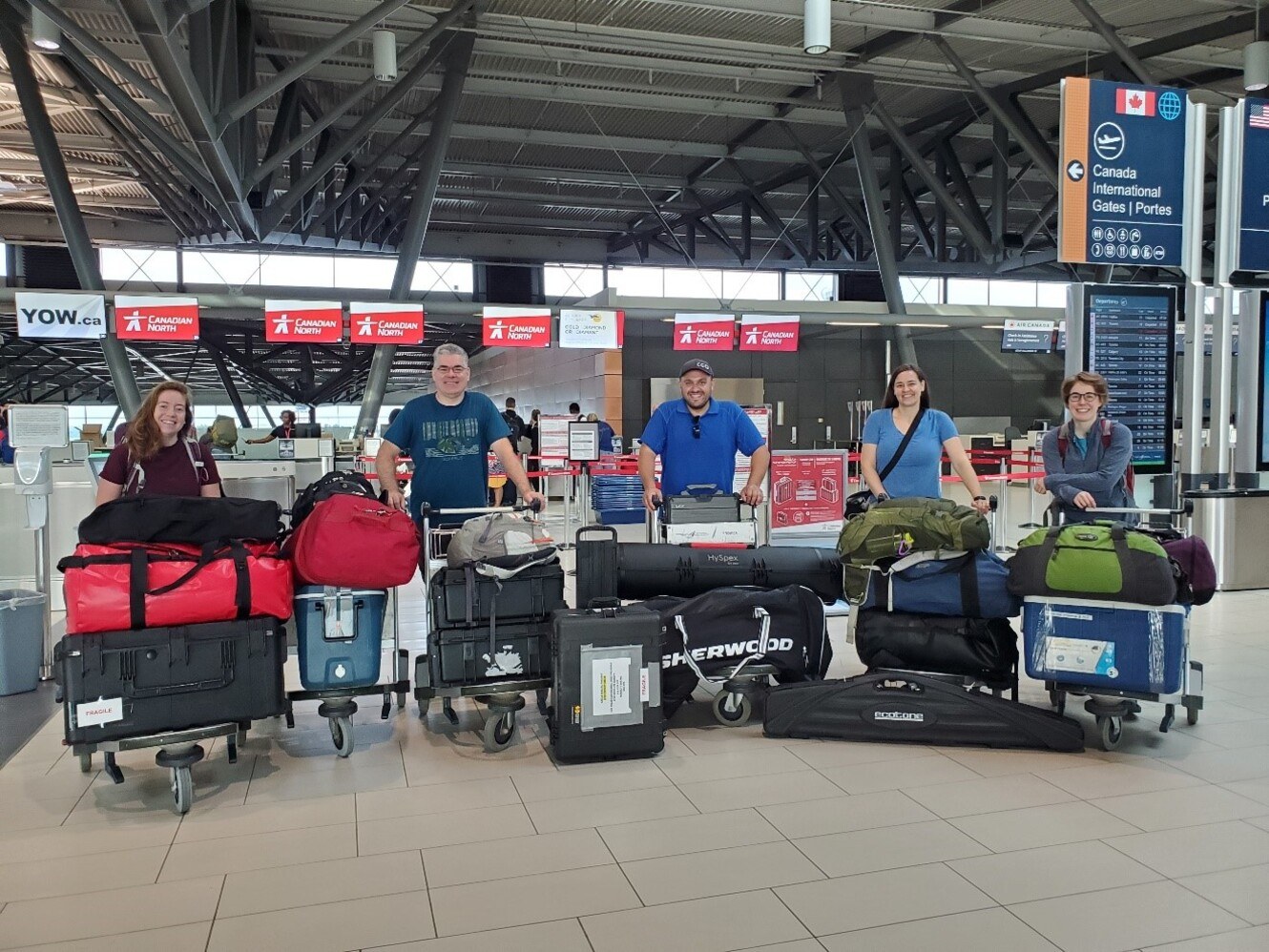
Figure 1: The T-MARS team gathers for the big departure at the Ottawa airport! Photo: Myriam Lemelin, 2023.
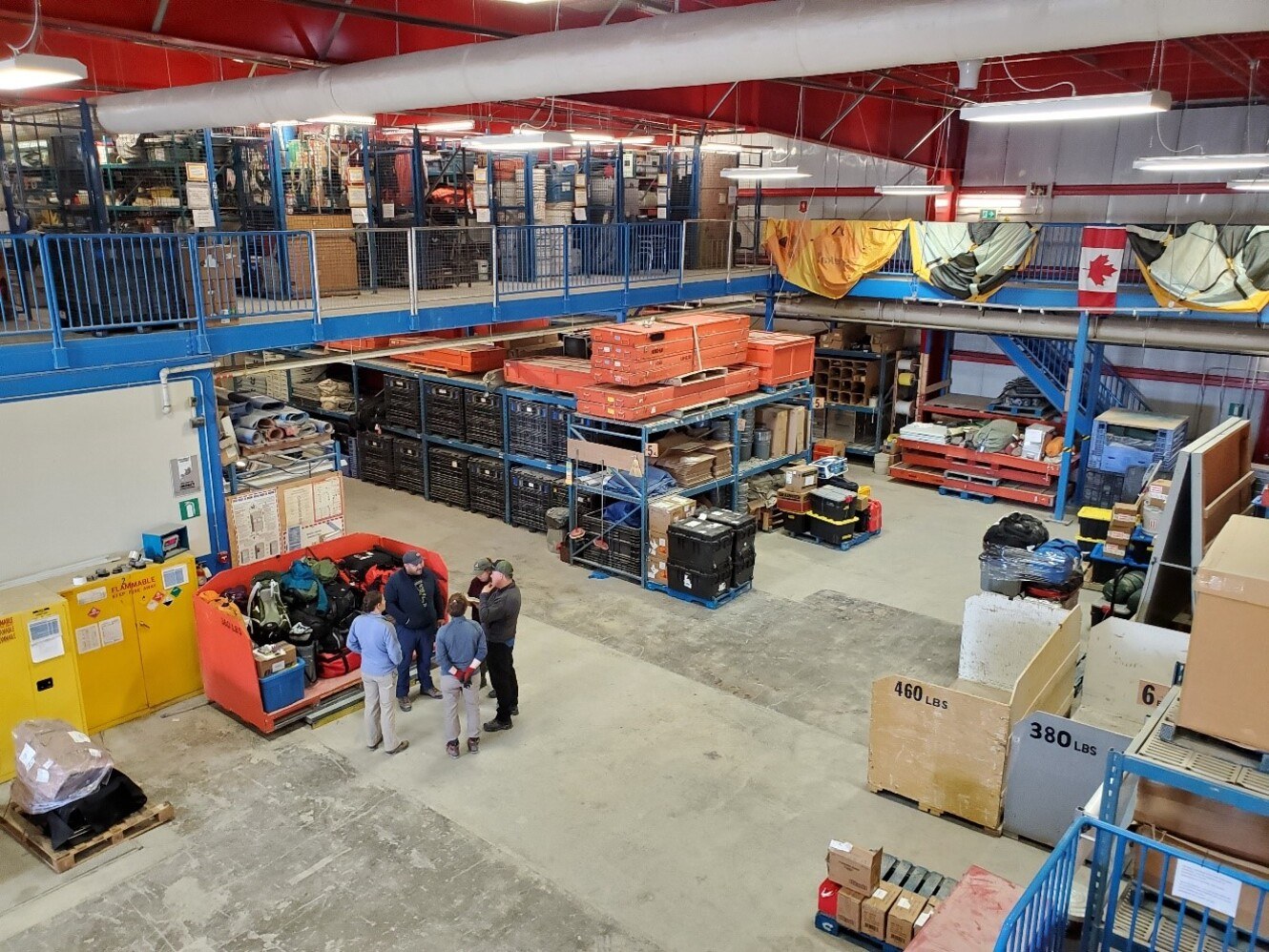
Figure 2: Organizing and weighing materials at the PCSP warehouse in Resolute Bay is a job to be done over and over again until all constraints are met. Photo: Myriam Lemelin, 2023.
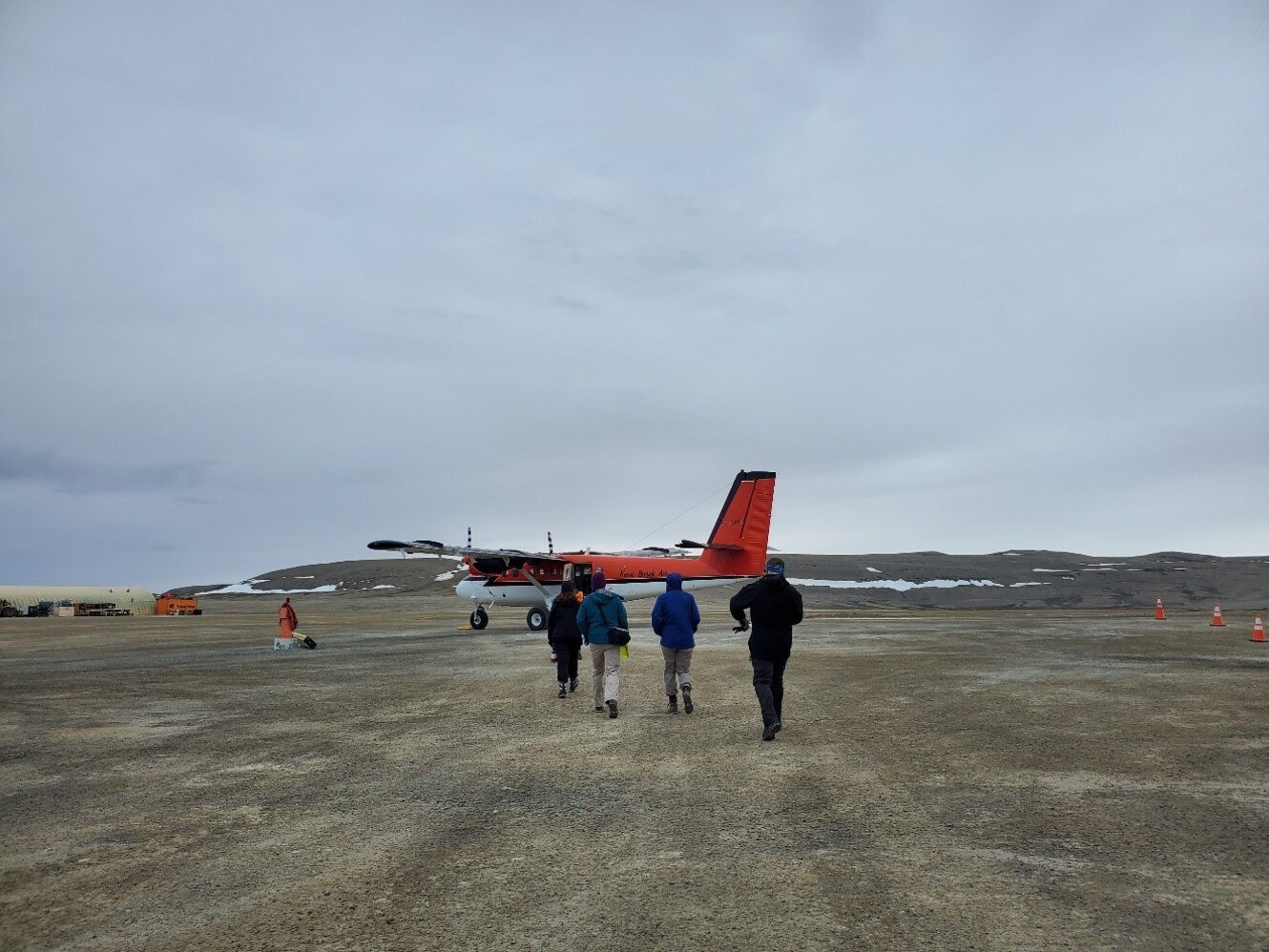
Figure 3: On the morning of July 12, the team was able to board the plane and take off for Axel Heiberg Island, without any delay! Photo: Myriam Lemelin, 2023.
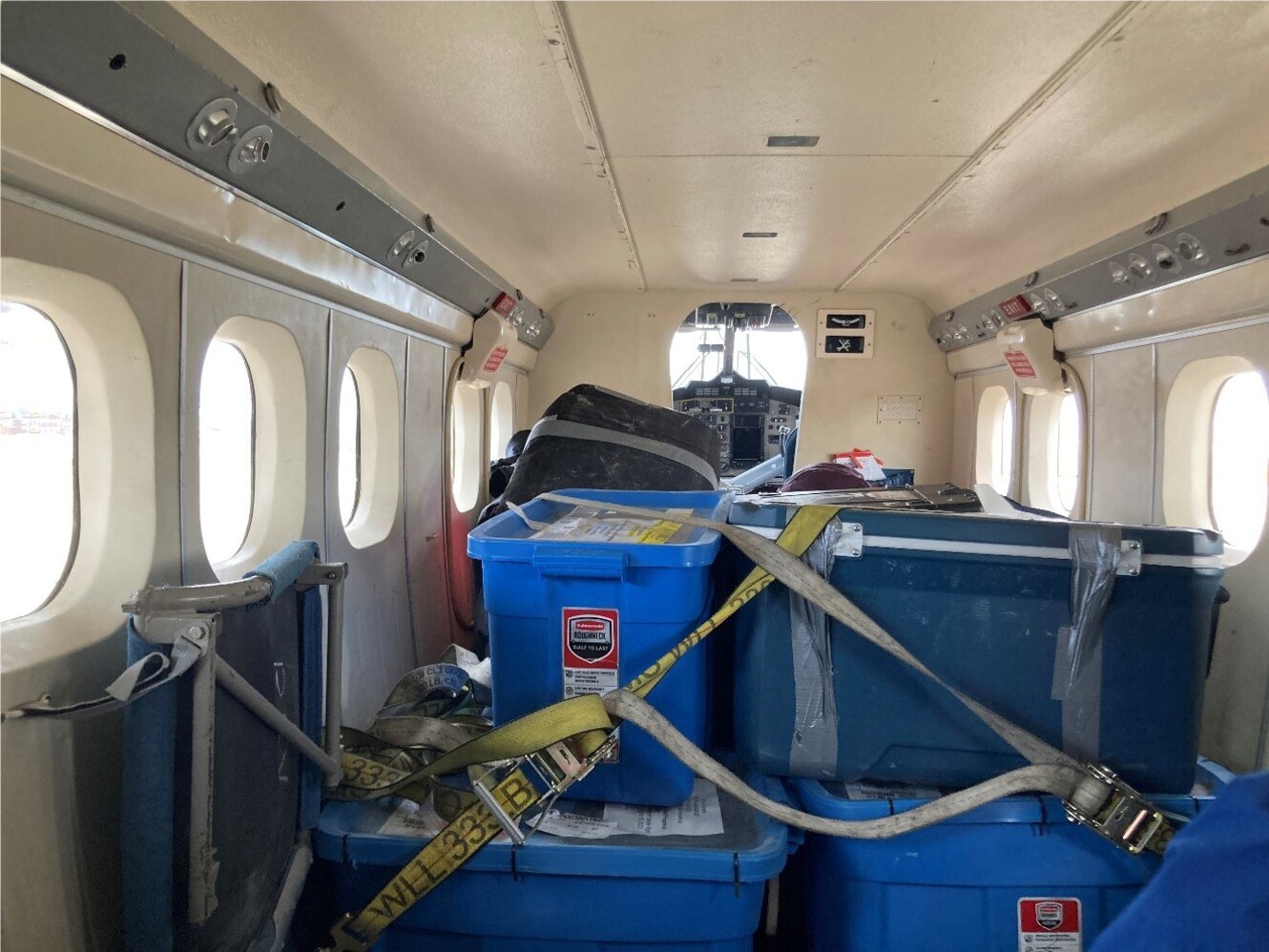
Figure 4: Inside a Twin Otter, luggage takes up half the space, passengers the other half. Photo: Levin Castillo-Guimond, 2023.
Then, on July 12th, thanks to good weather, we took off for the McGill Arctic Research Station (MARS) at Expedition Fiord, on Axel Heiberg Island. On arrival, we set up our tents and equipment close to the Station in preparation for the work to come in the following days.
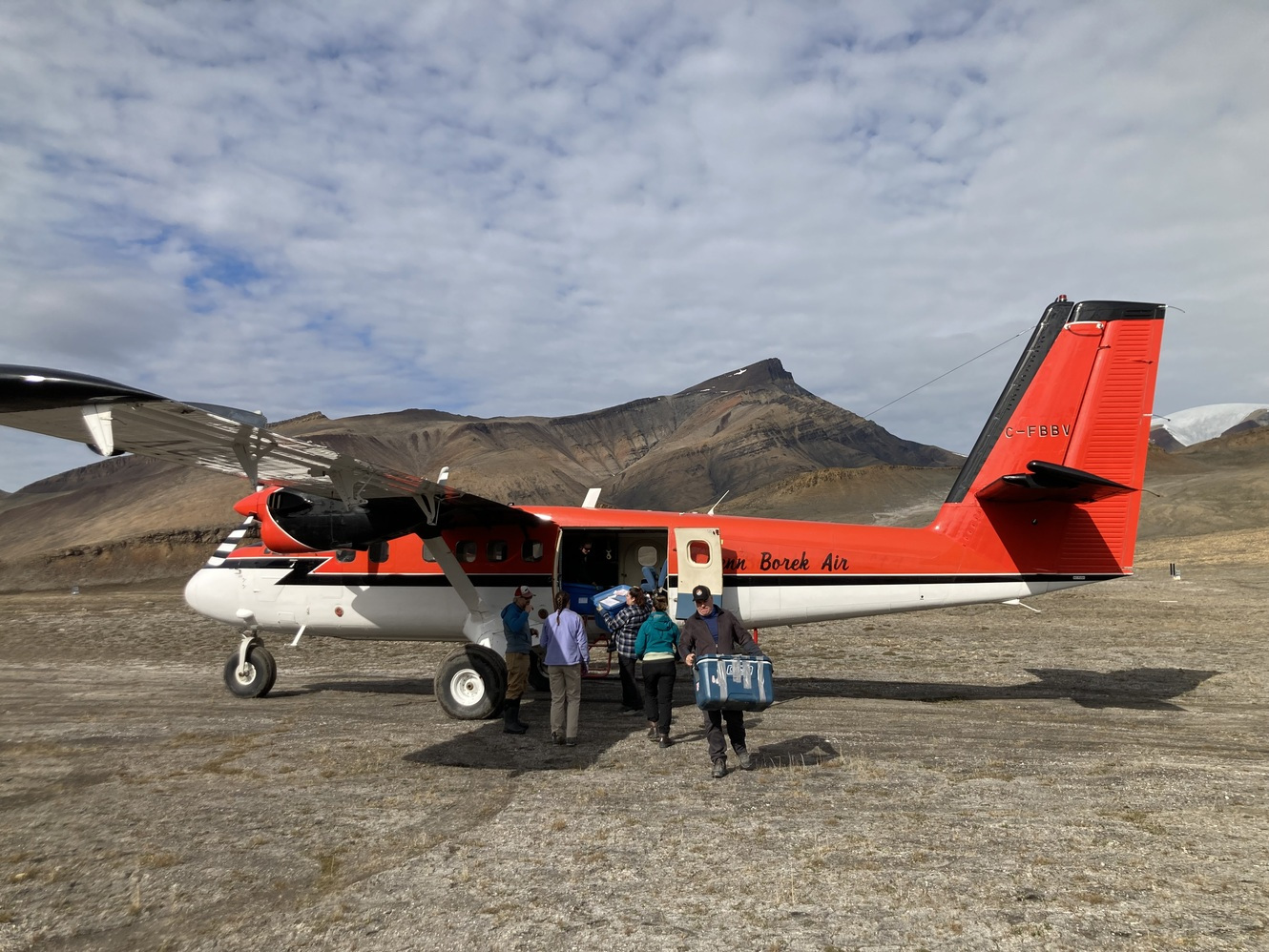
Figure 5: Unloading the aircraft on the airstrip of McGill Arctic Research Station. Photo: Levin Castillo-Guimond, 2023.
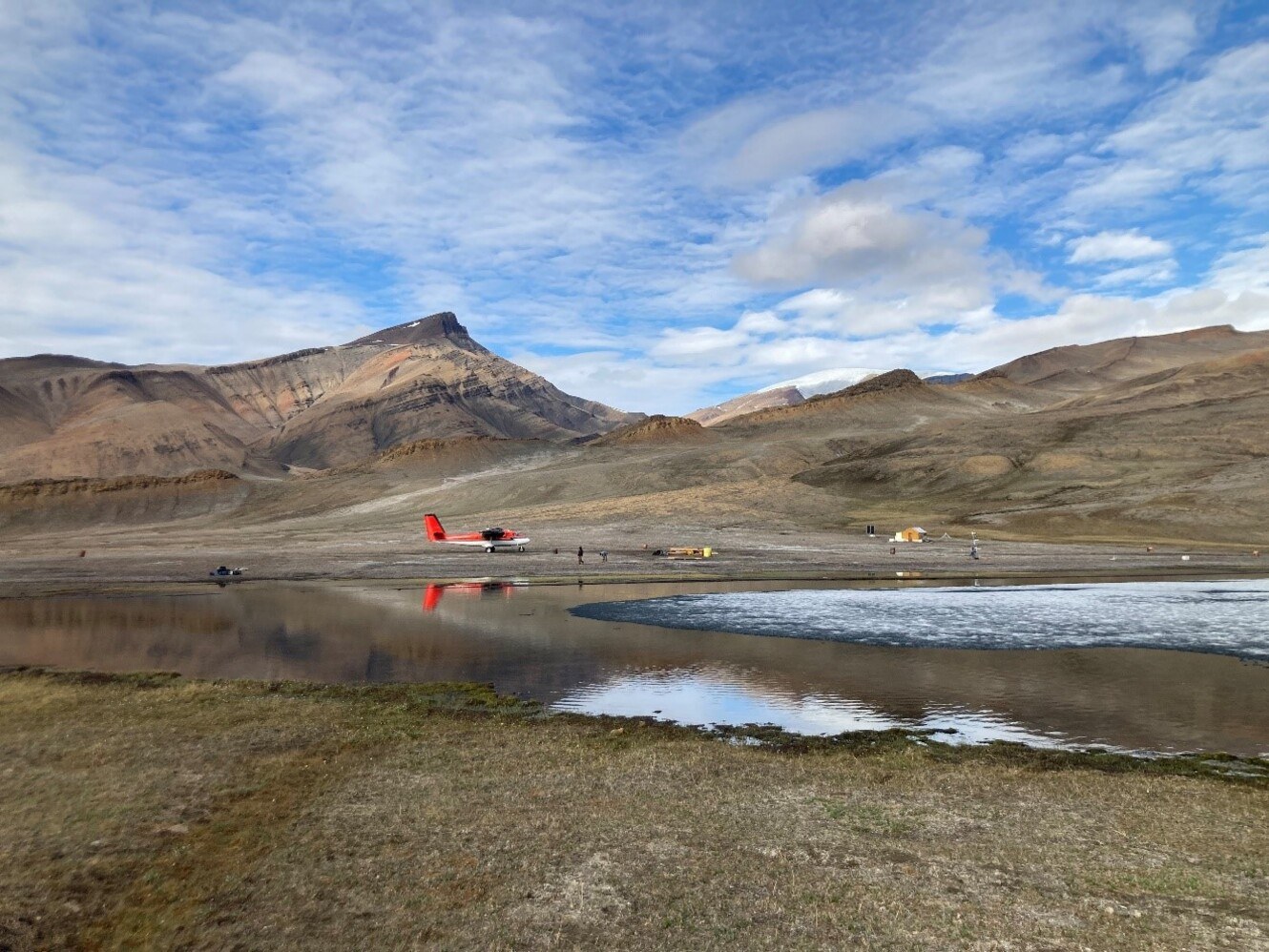
Figure 6: The landing strip at the research station is located next to a small lake... which has to be crossed with all the equipment to reach the research station! Photo: Levin Castillo-Guimond, 2023.
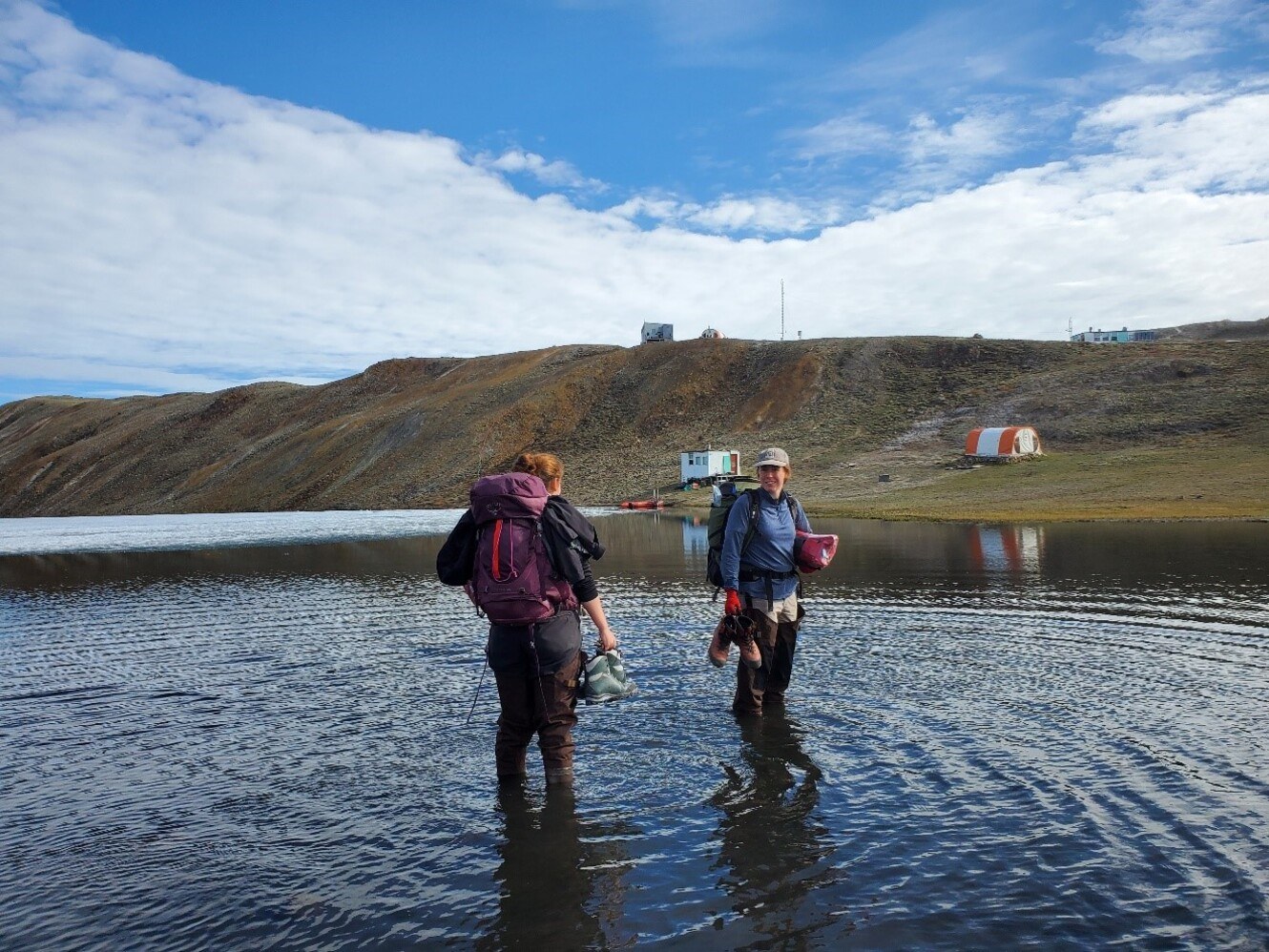
Figure 7: Gaëlle and Éloïse are making one of the many trips needed to bring all the equipment to the research station, which you can see at the top of the mountain in the background. Photo: Myriam Lemelin, 2023.
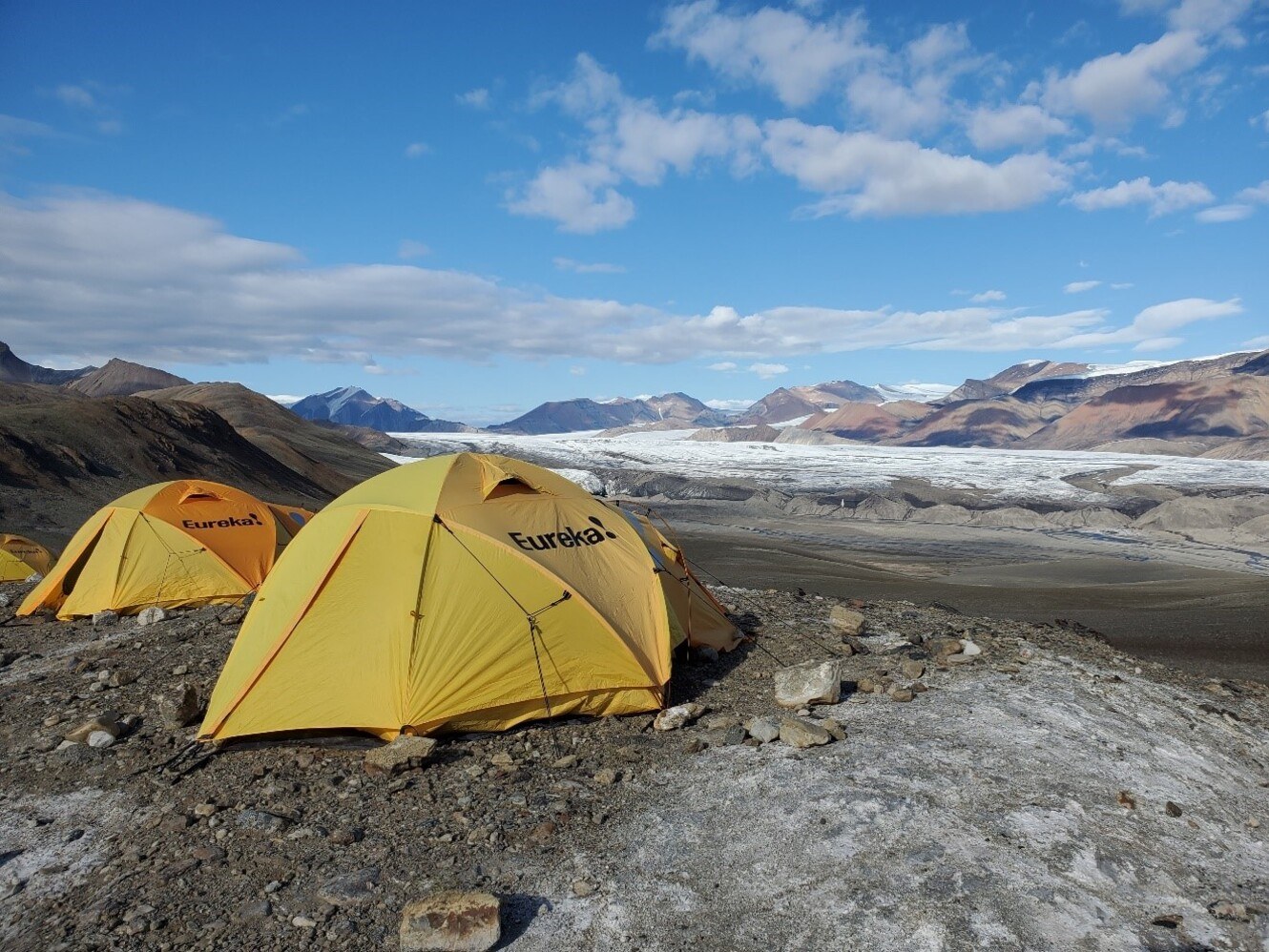
Figure 8: The team set up camp in "Tent Village", on top of a hill near the station, with views of the White and Thompson glaciers. Photo: Myriam Lemelin, 2023.
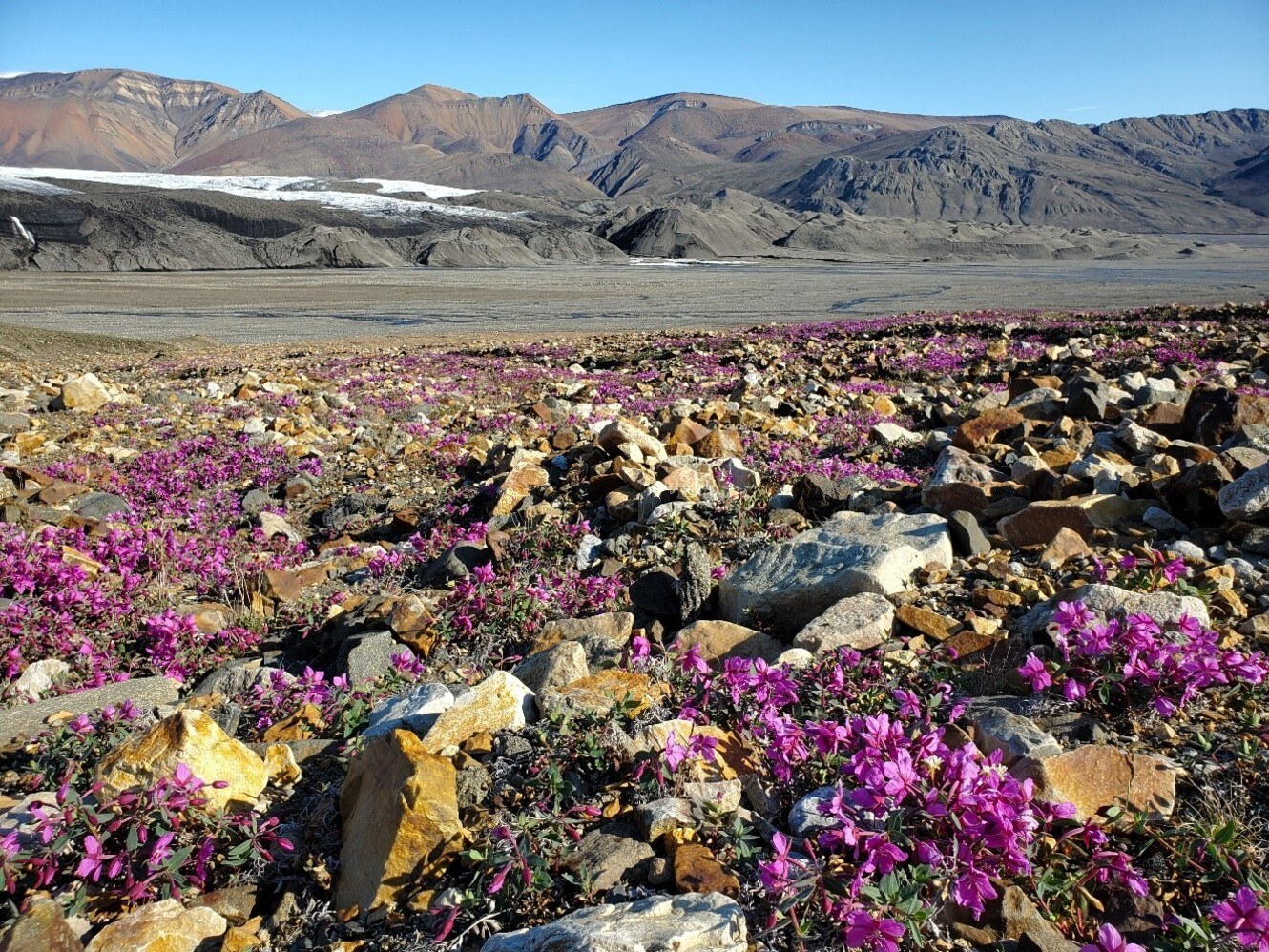
Figure 10: A few weeks in July are warm enough for vegetation to flourish. Photo: Myriam Lemelin, 2023.
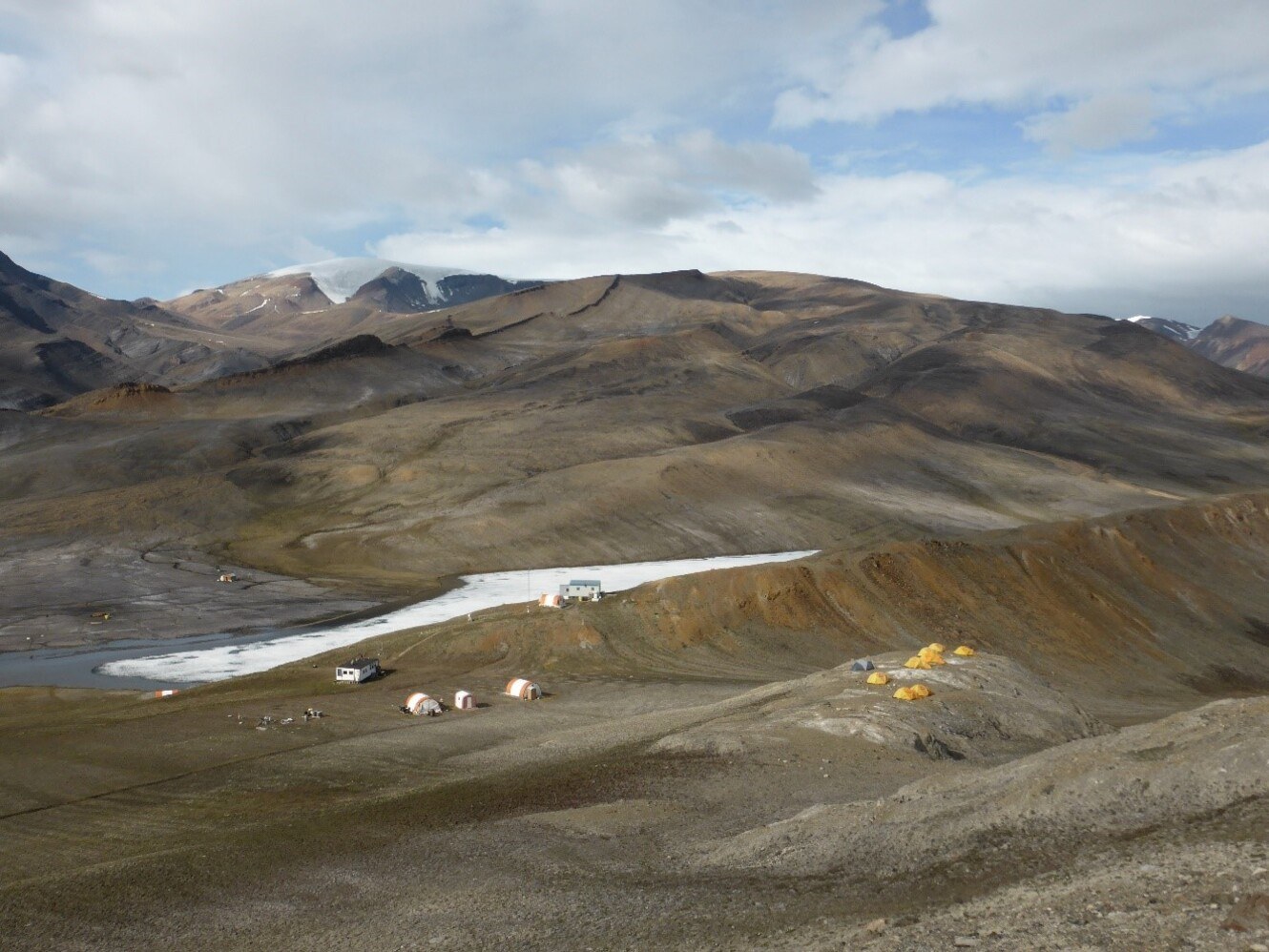
Figure 9: The MARS Station comprises an airstrip (left, across the lake), a kitchen, a laboratory and some permanent shelters (center), as well as a "Tent Village" (center-right). Photo: Levin Castillo, 2023.
With the weather on our side for the entire stay, we were able to carry out nine days of efficient sampling. A drone piloted by Cassandra enabled us to take some splendid images to put the gossans into context. These images also enabled us to assess the suitability of the sites even before going there on foot, as can be done with the Perseverance astromobile thanks to the Ingenuity helicopter on Mars.
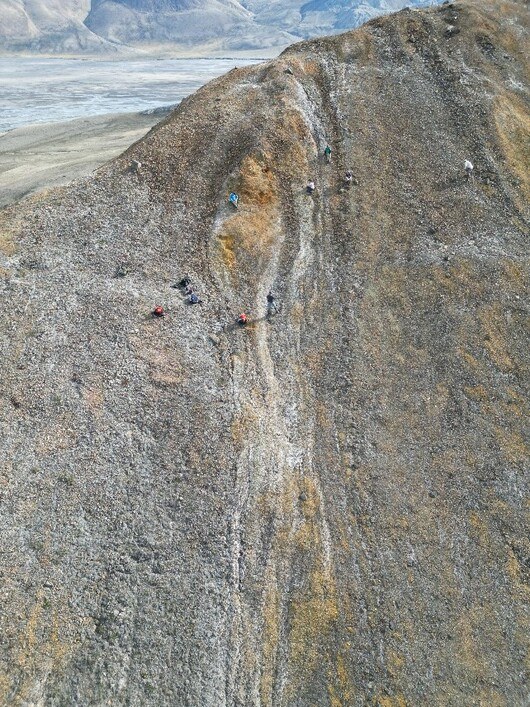
Figure 11: Drone image of a gossan sampling site on Colour Ridge. Photo: Cassandra Marion, 2023.
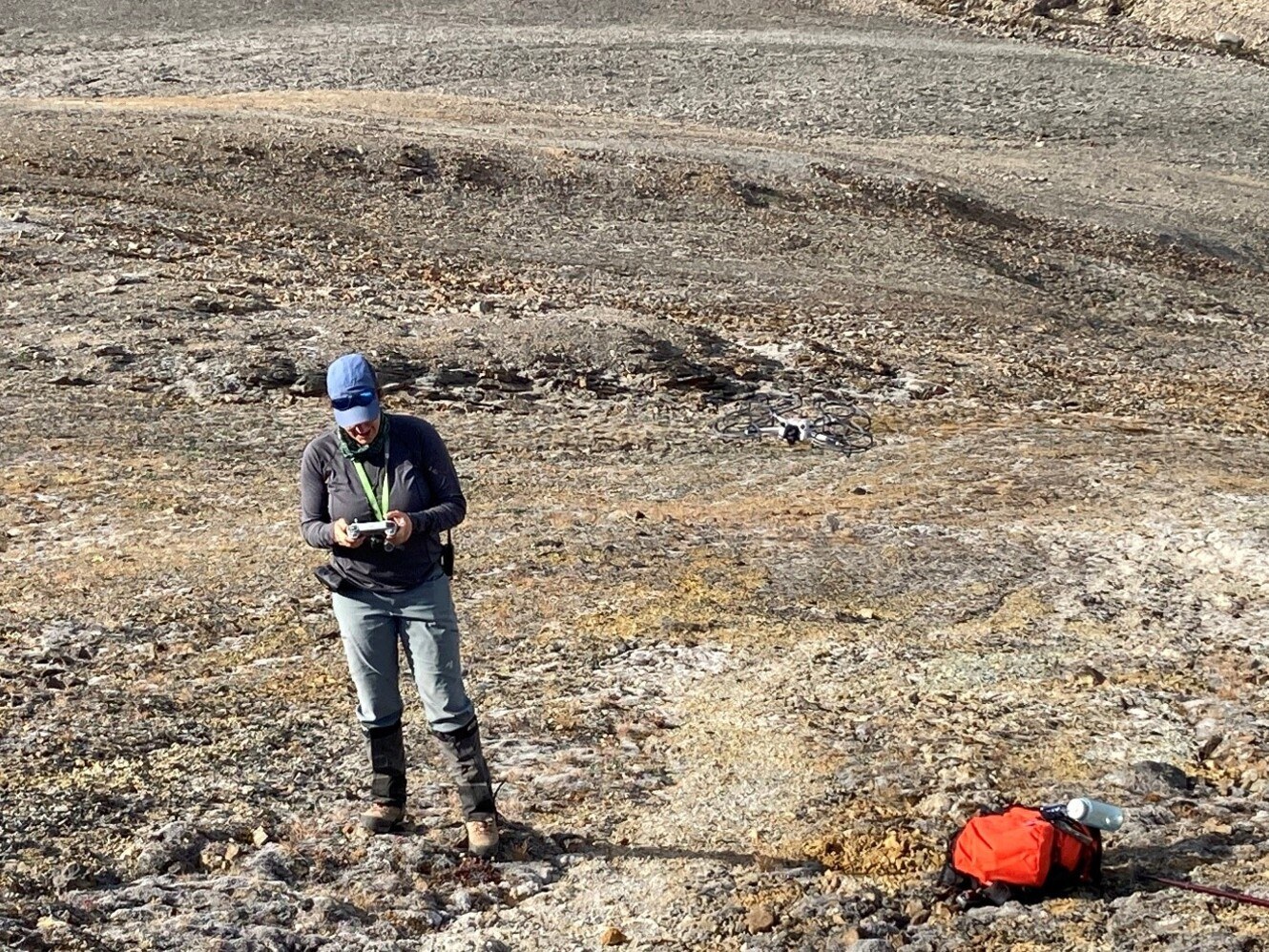
Figure 12: Cassandra prepares to fly the drone near Colour Ridge. Photo: Richard Leveillé, 2023.
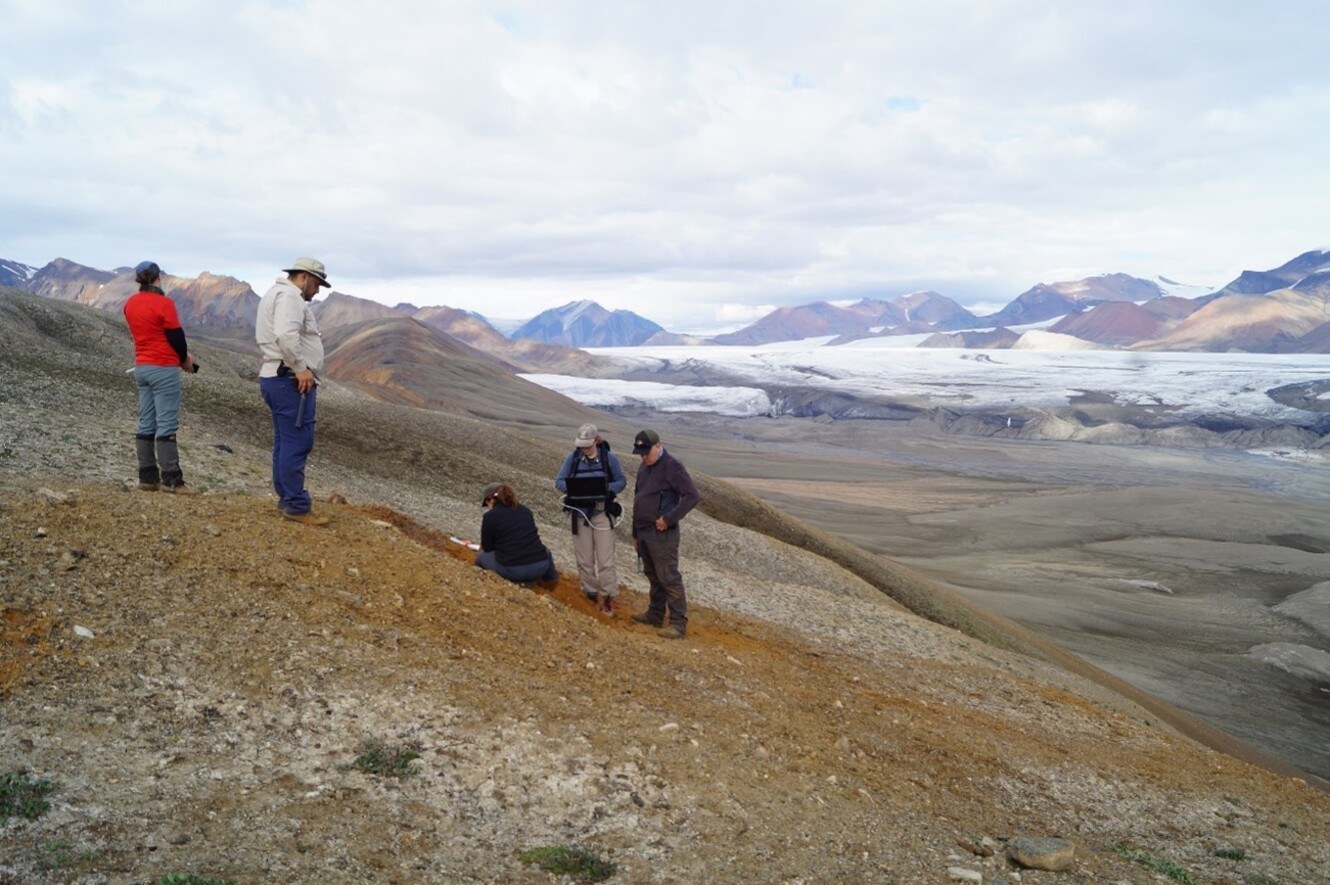
Figure 13: Acquisition of reflectance measurements on a gossan at Gypsum Hill, using a portable spectroradiometer. Photo: Cassandra Marion, 2023.
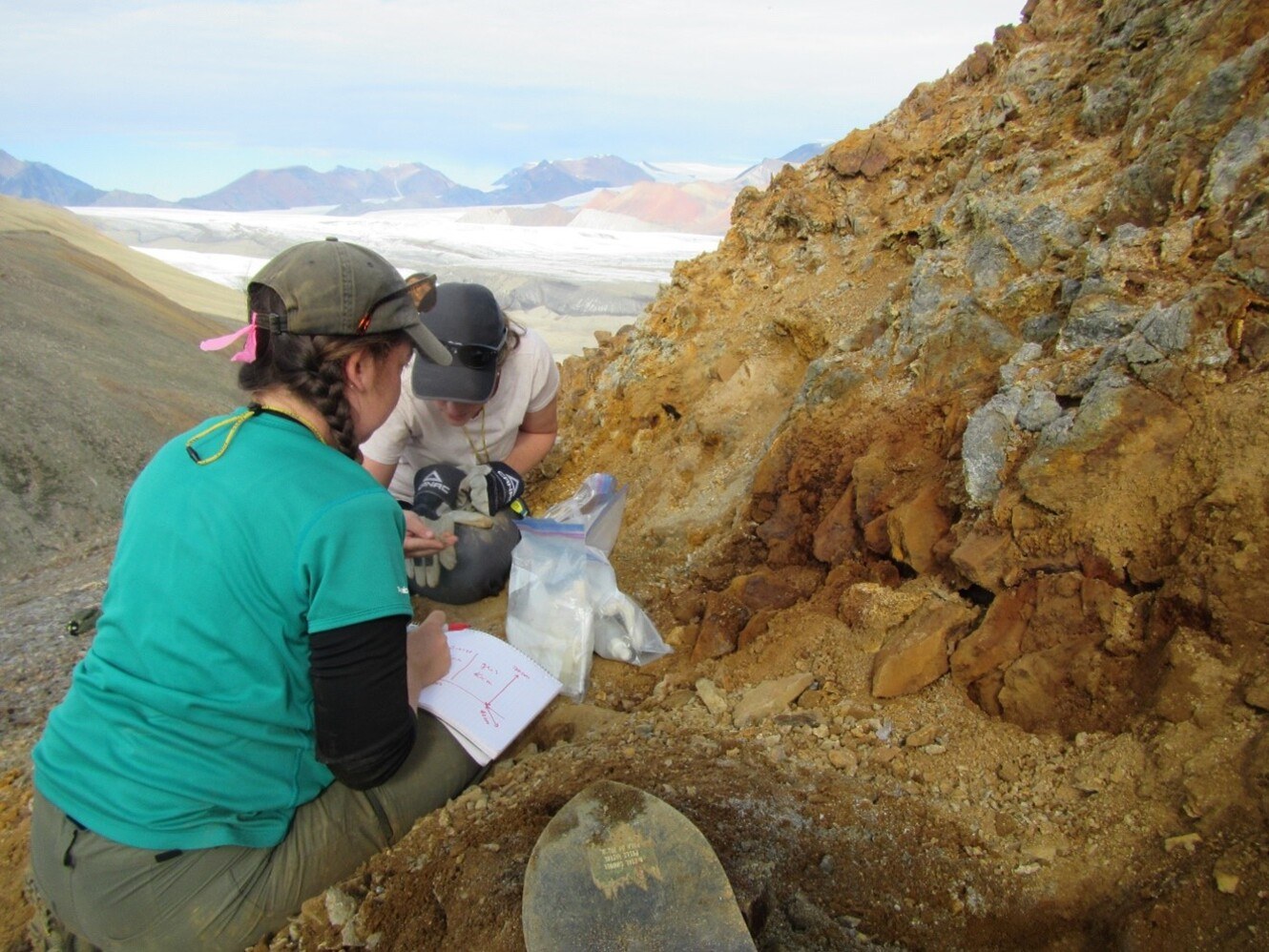
Figure 14: Myriam and Gaëlle examine a gossans' cross-section at Colour Ridge. Photo: Gaëlle Belleau-Magnat, 2023.
During the field campaign, we were able to visit 5 different sites (to be visited on the interactive map), where we studied 10 iron caps and collected a total of 68 samples. Thanks to the research station's facilities, the meticulously collected samples were frozen to minimize degradation of their biological content.
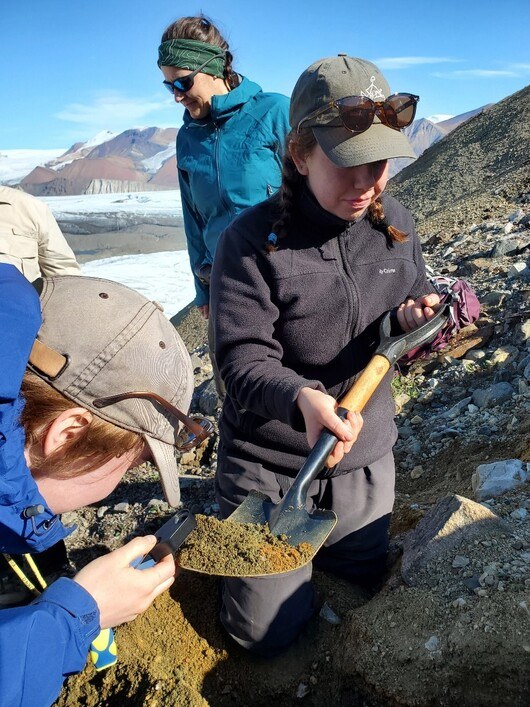
Figure 15: Éloïse inspects the contents of one of the layers of a gossan during the cross-section digging. Photo: Myriam Lemelin, 2023.
The team was also able to acquire environmental context data, including pH and temperature measurements of the streams surrounding the gossans.
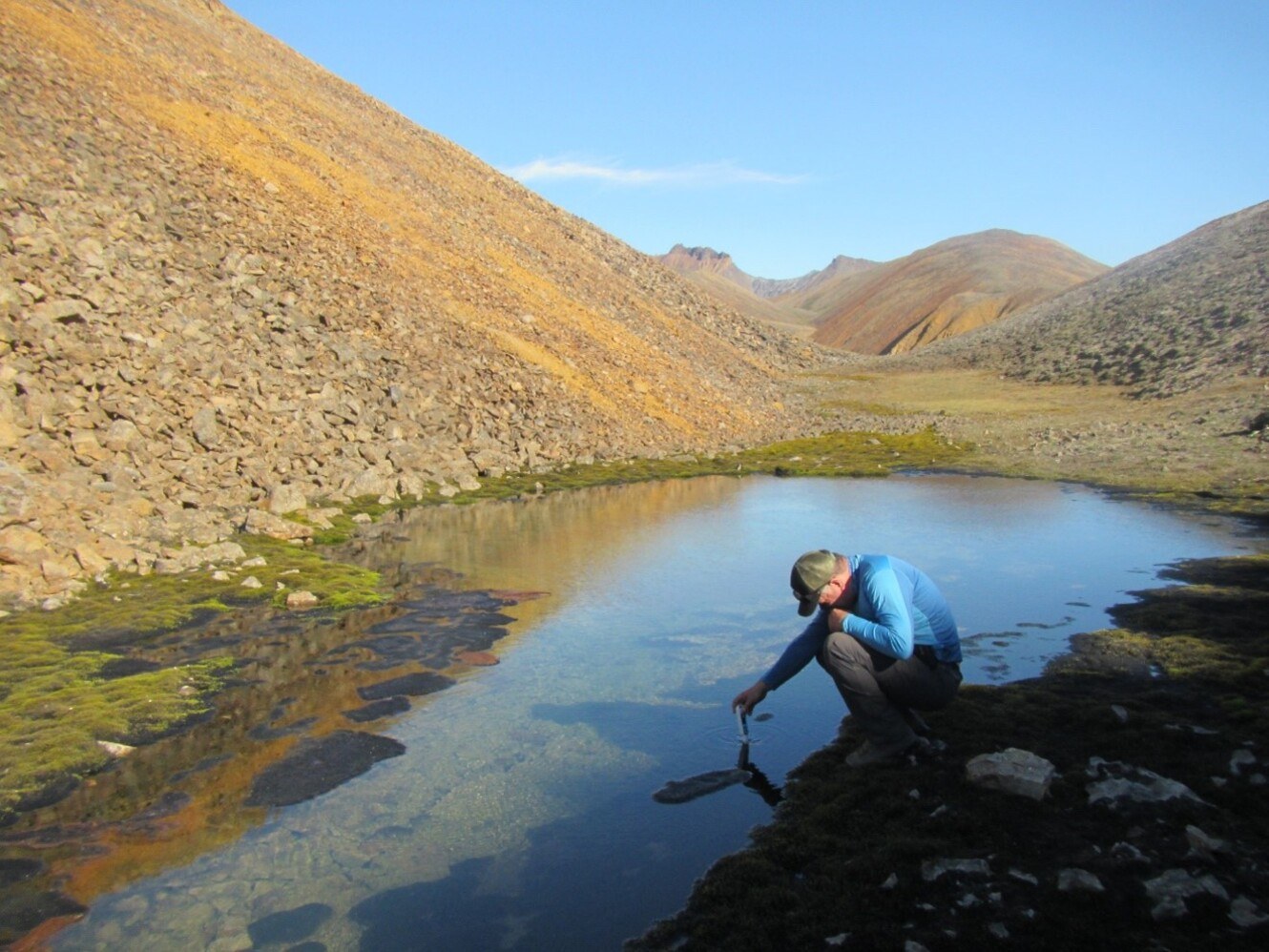
Figure 16: Richard measures pH in a pond near gossans. Photo: Gaëlle Belleau-Magnat, 2023.
In addition, we have acquired several panoramic hyperspectral images in the vicinity of the research station, which will enable us to precisely characterize the spectral signature of gossans across the electromagnetic spectrum.
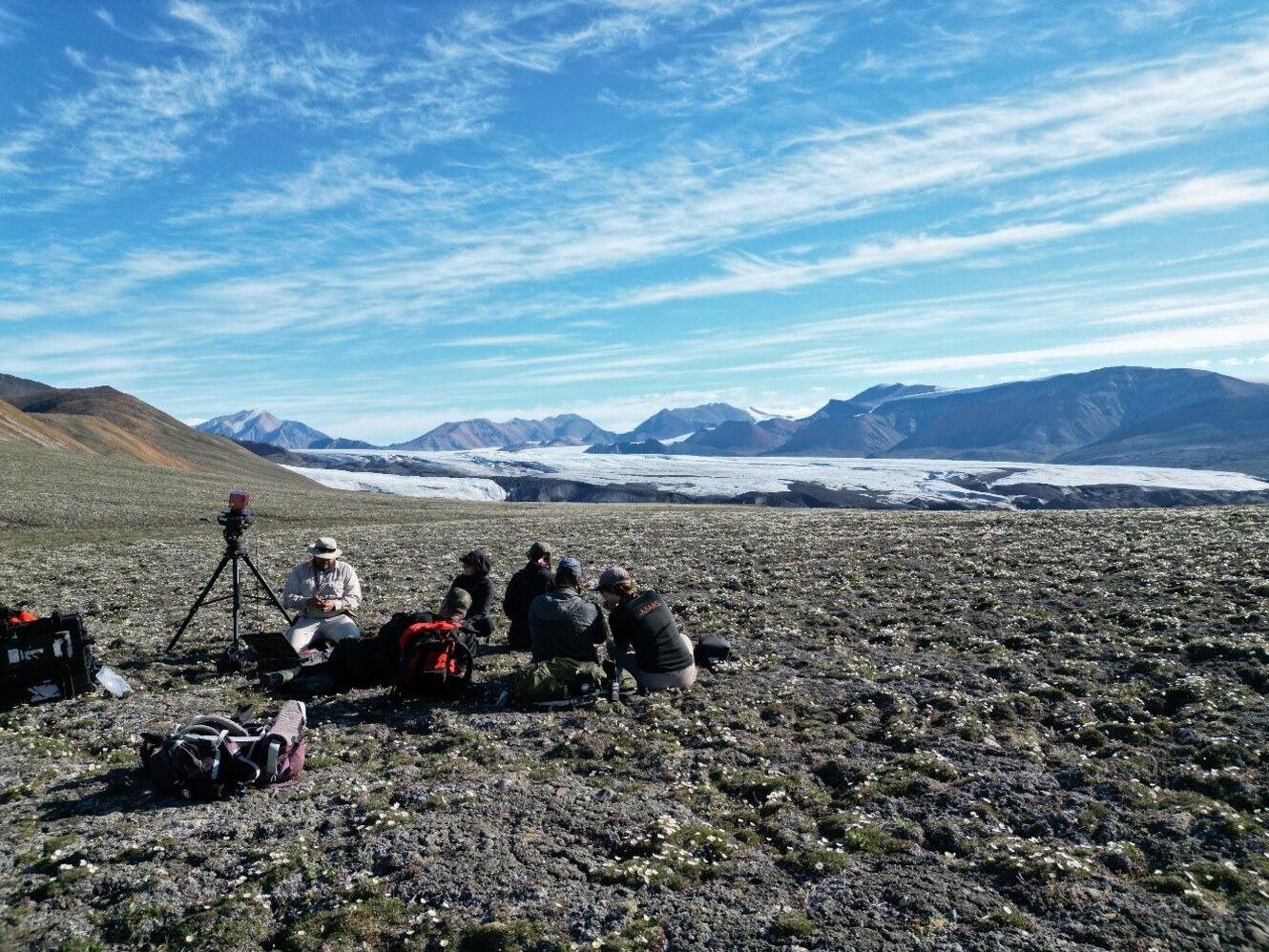
Figure 18: The team waits while a 180° hyperspectral scan is performed. Photo: Cassandra Marion, 2023.
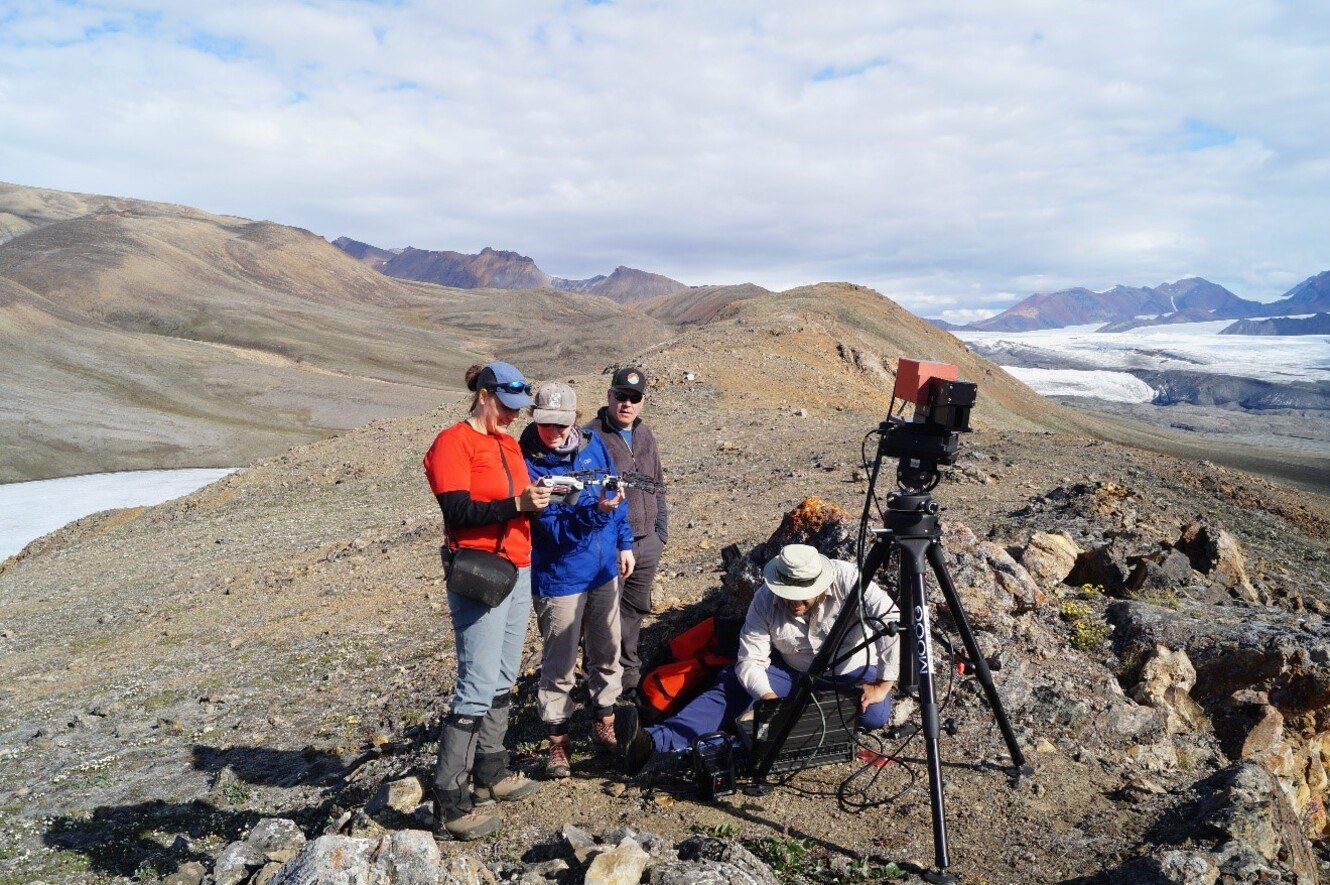
Figure 17: Levin prepares the hyperspectral camera for image acquisition, while Cassandra explains how the drone works. Photo: Myriam Lemelin, 2023.
After a field campaign in which the objectives were largely achieved, the team returned to Resolute Bay on July 21 to re-sort the equipment and return the material loaned by PCSP. To round off the trip, the team held a large scientific discussion to review the data collected and the sites visited, and to make links between the observations made in the field and the literature.
The delay of our 18 pieces of luggage made the return to Ottawa a little more chaotic than anticipated, but the whole team finally made it home safely. Our heads are now full of questions and new avenues of thought, waiting to be answered!
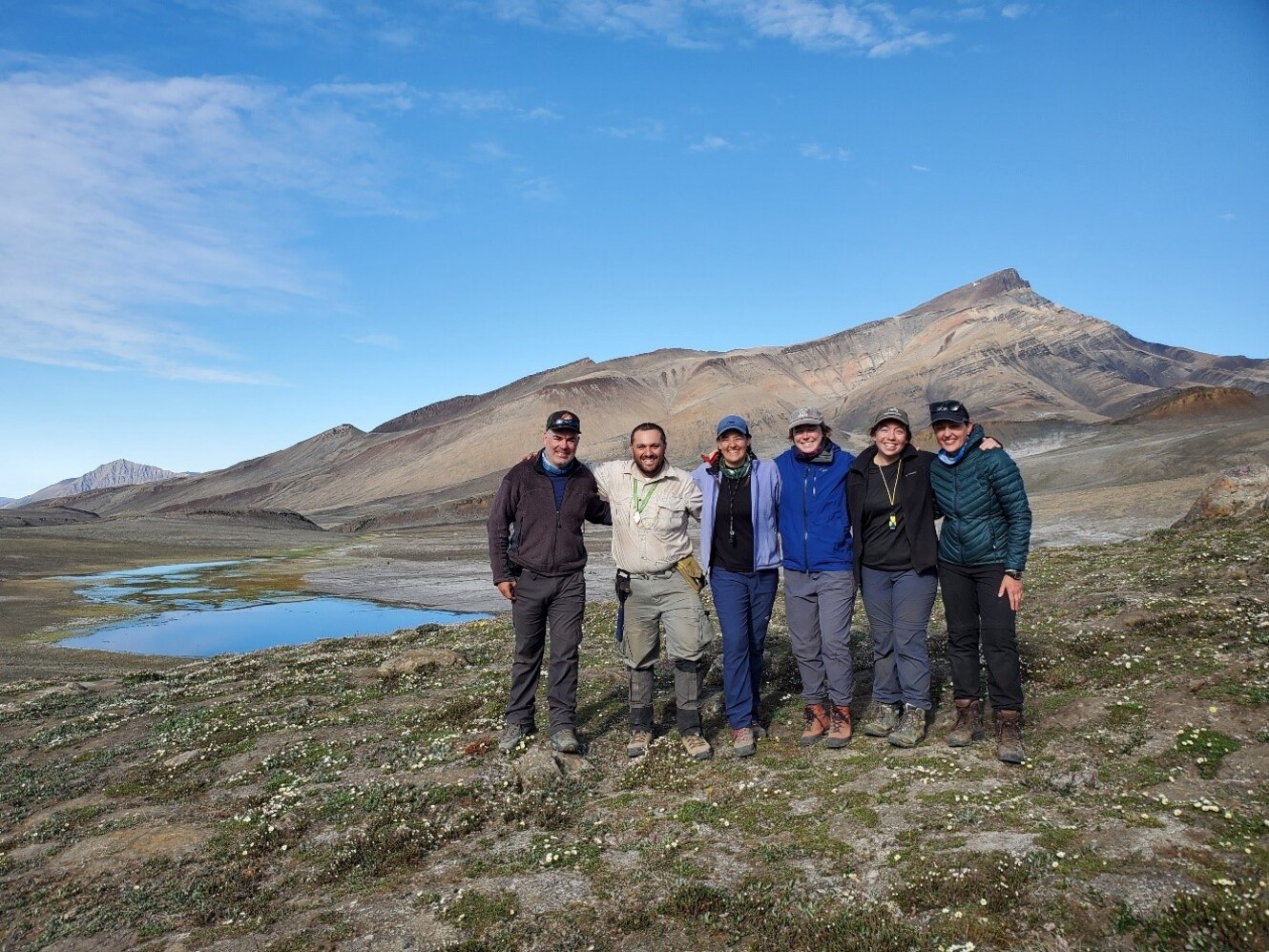
Figure 19: The T-MARS team for the 2023 field campaign (from left to right, Richard, Levin, Cassandra, Éloïse, Gaëlle and Myriam).